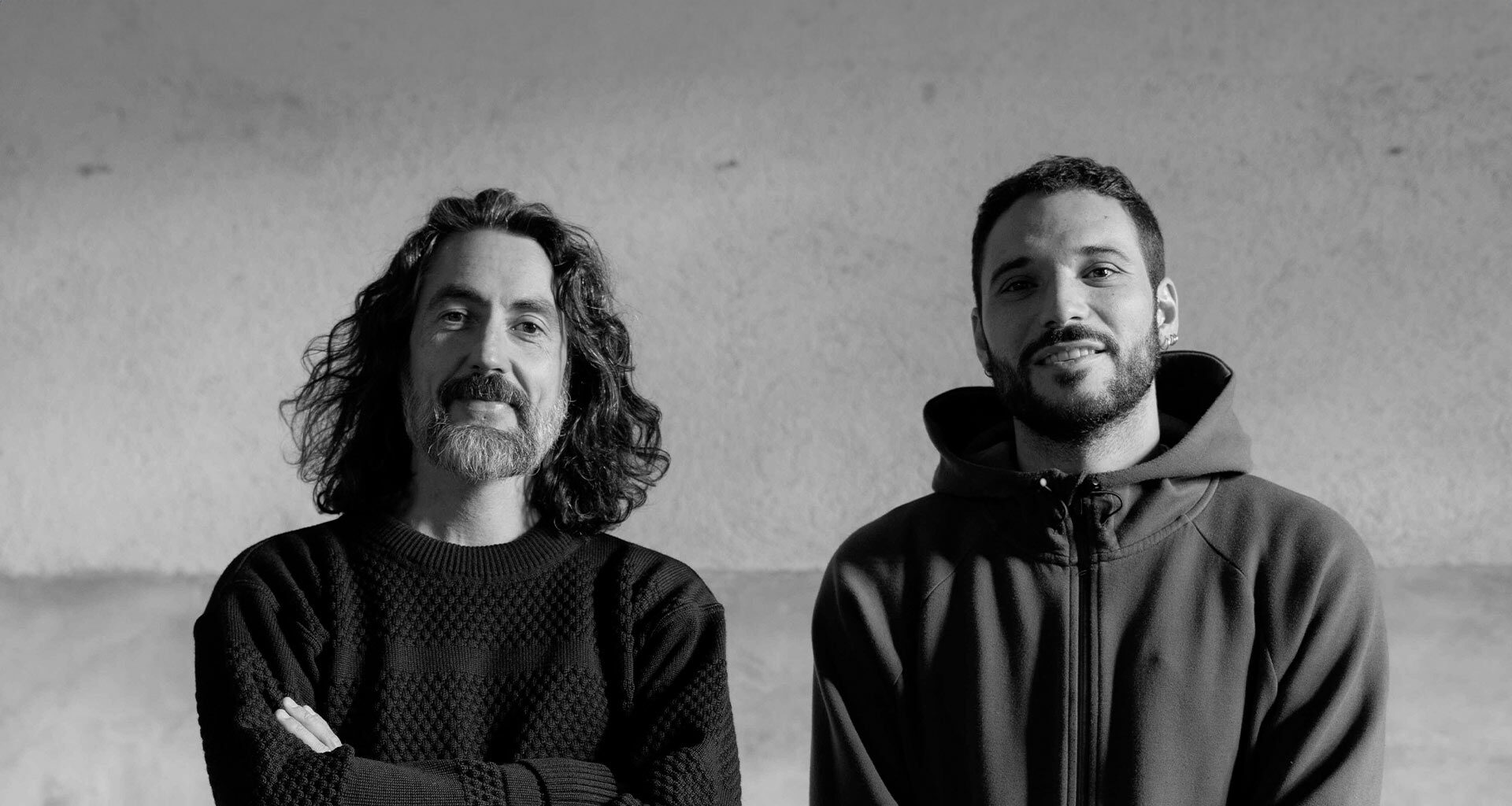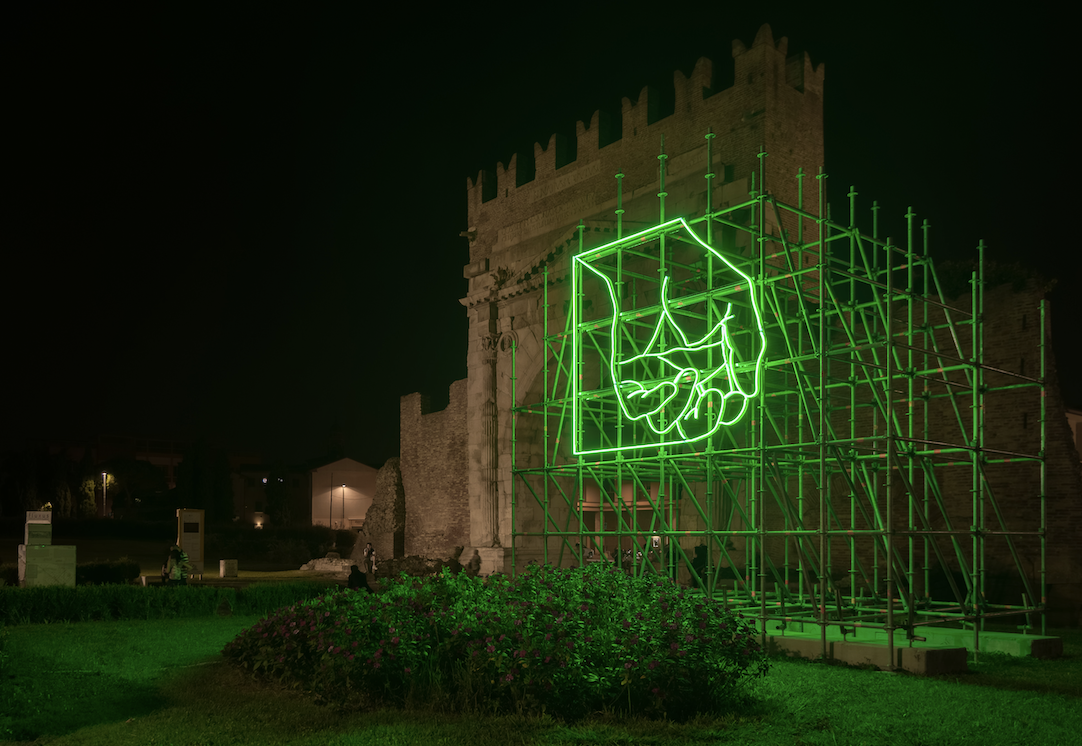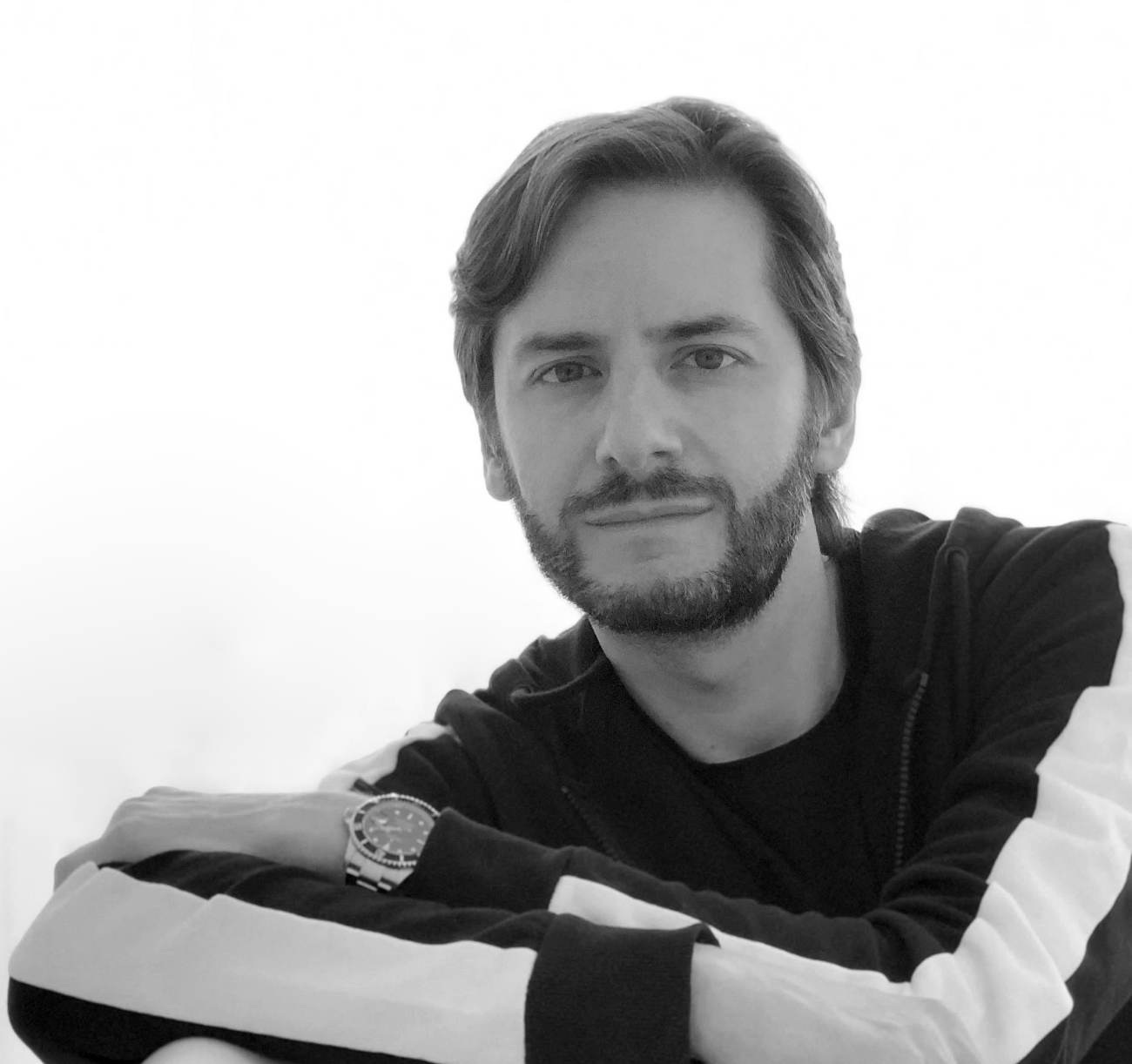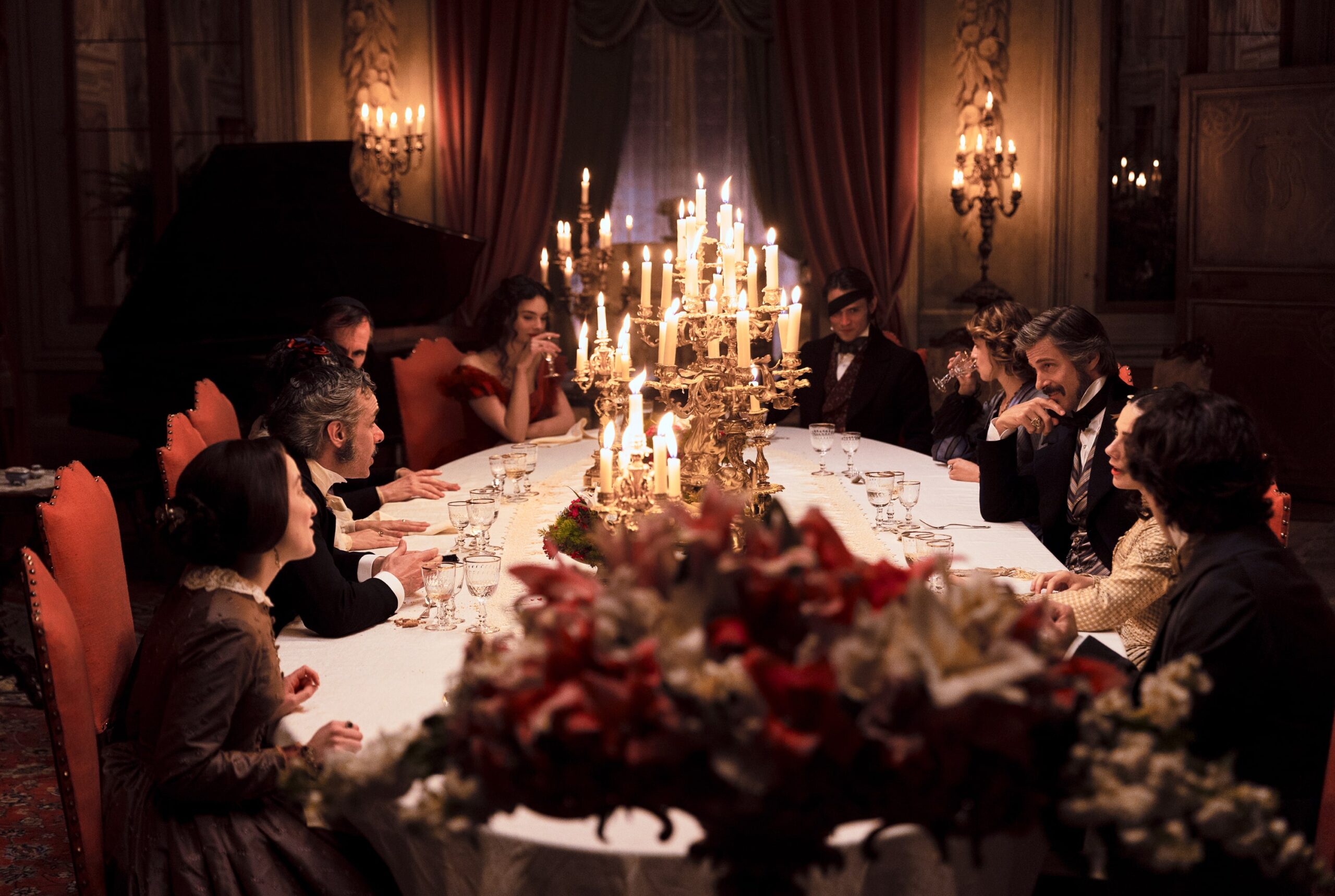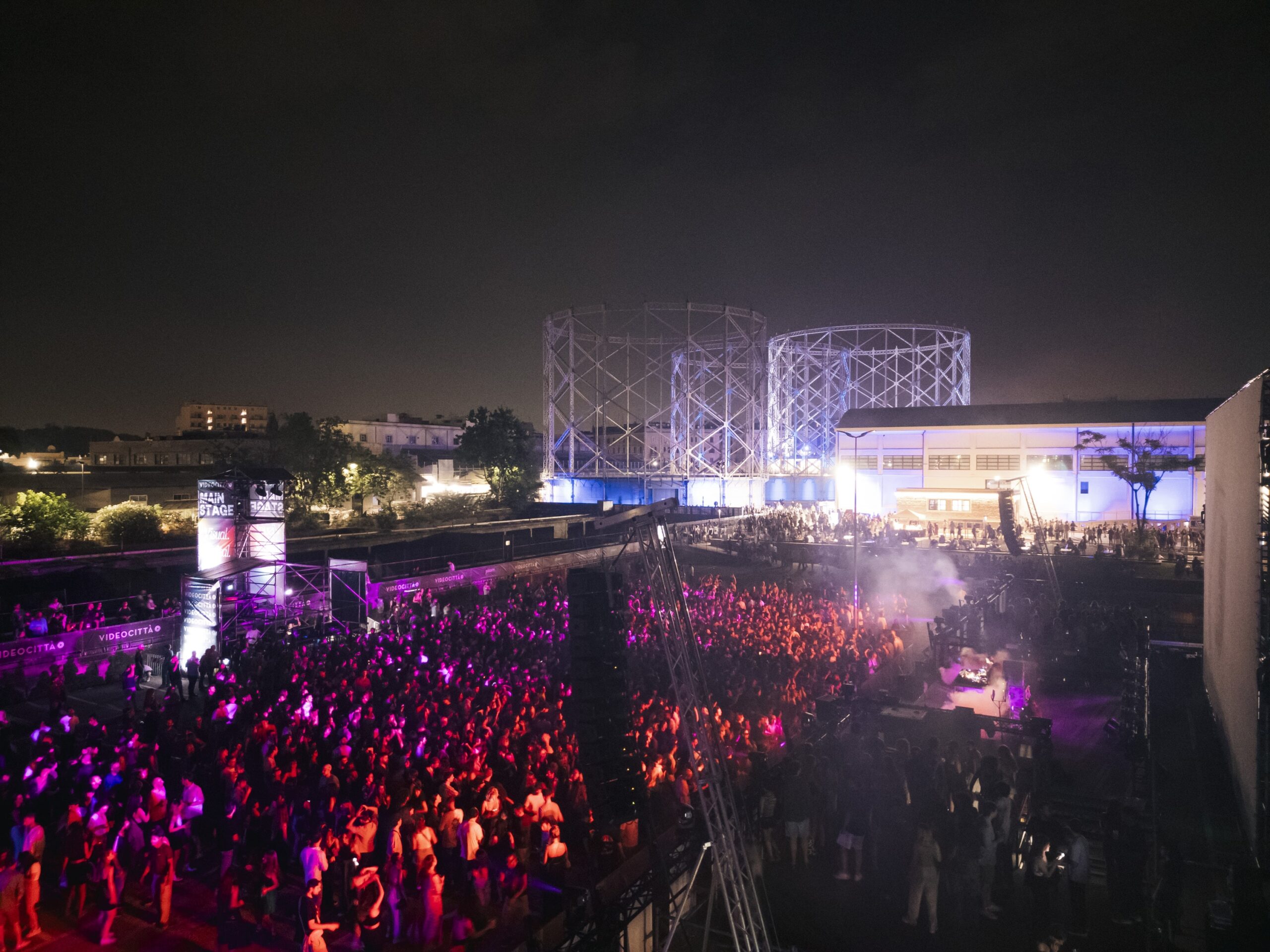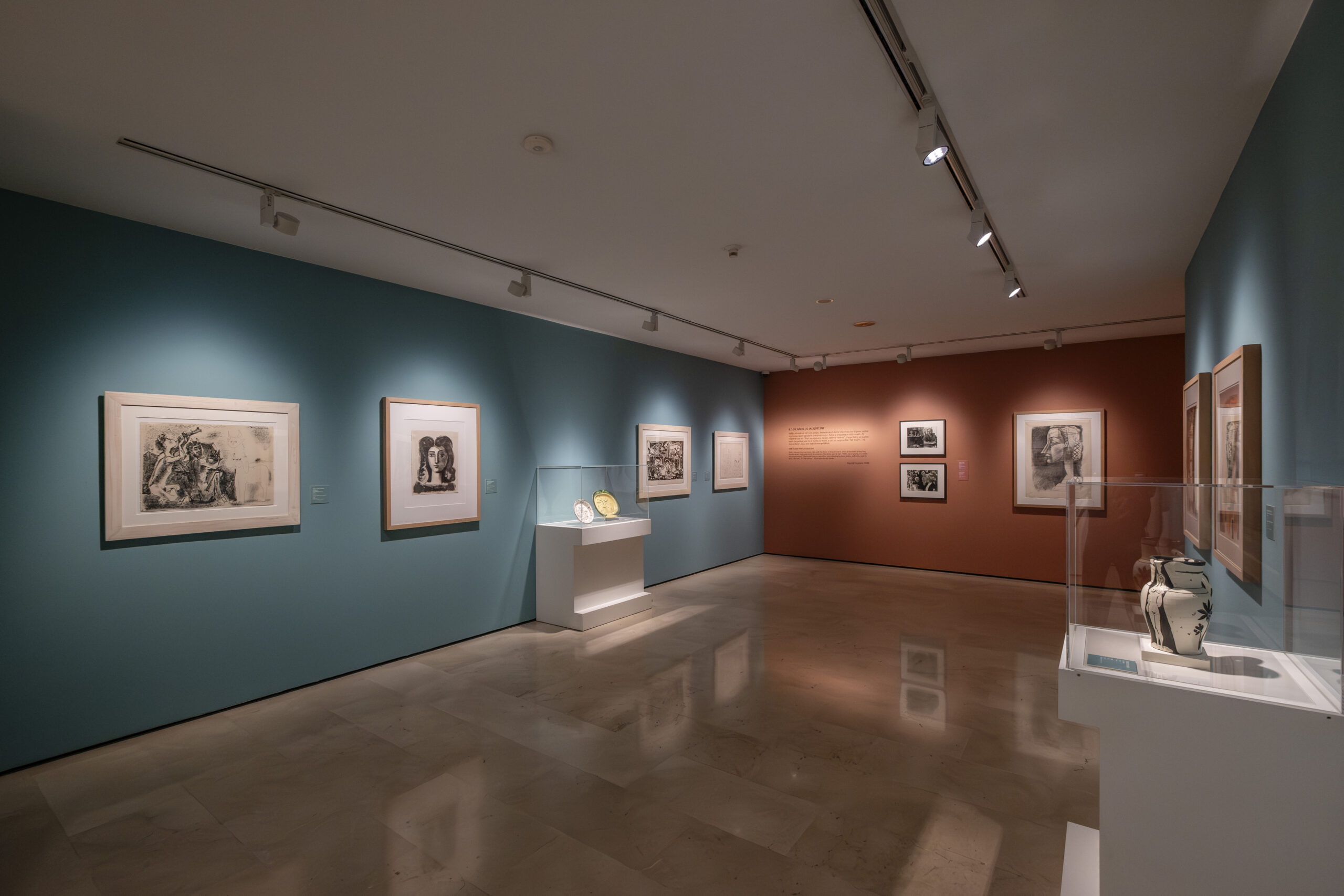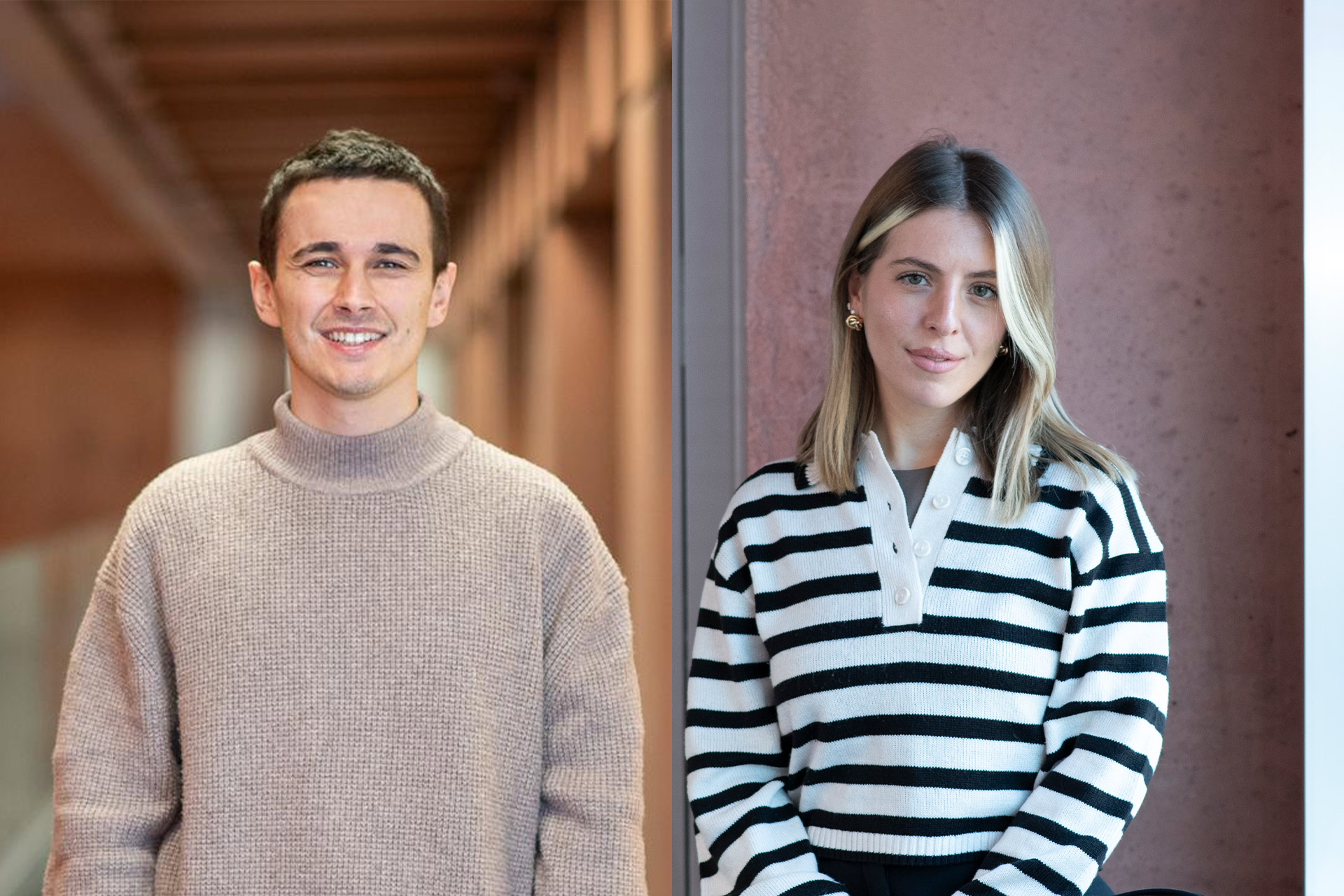The professional life of Alessandro Pedretti is utterly fascinating: designer, architect, renowned researcher and design collector, he worked with prominent Italian and international companies dealing with both decor and lighting: Abet Laminati, Emmemobili, Meritalia, Modo, Metalco, Repower, Artemide, Fontanarte, Siteco, Trilux, Viabizzuno, Disano, Performance in Lighting and Imoon.
A life devoted to the design and development of products that stand out for their strong aesthetic identity, but also because of their consistency with the concept of industrial production, image and perception of light.
This is also testified by the several awards he received over the years: from the IF Gute Form to the Adi Index – Selezione Compasso d’Oro through the Red Dot and Macef awards. Pedretti is responsible for the lighting design of the high speed line of the city of Brescia, the interior and lighting design of the Museo del Novecento in Milan, opened in 2010 in collaboration with Studio Rota of which he is a project partner, the piano nobile of the Galleria Nazionale delle Marche/Palazzo Ducale in Urbino, as well as countless lighting sets for temporary exhibitions, installations, museums and boutiques all over the world.
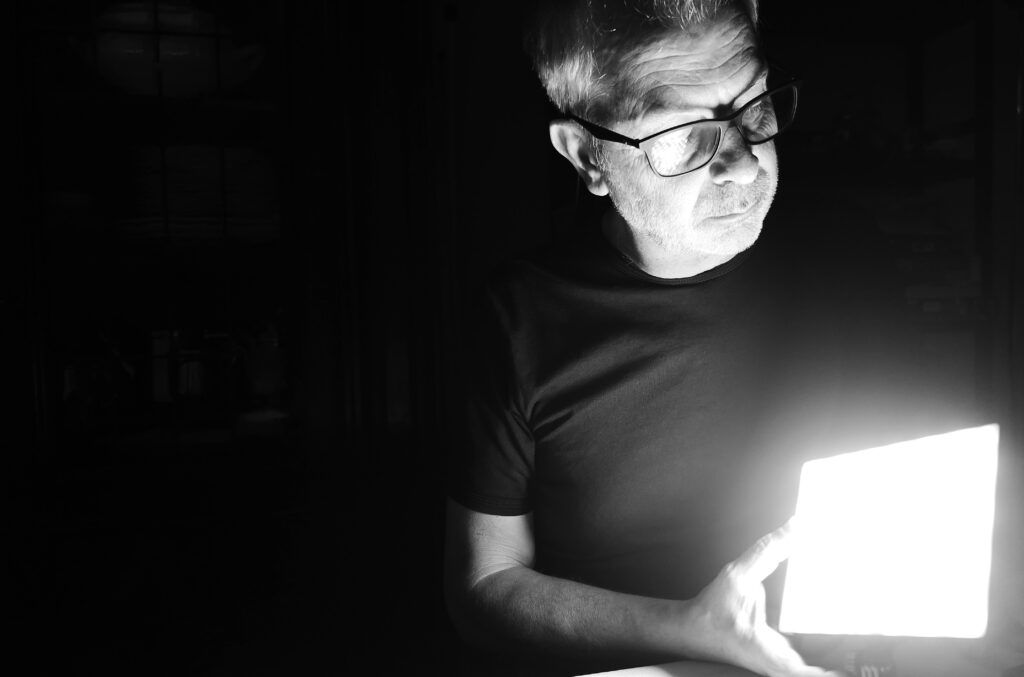
High performances, visual comfort and efficiency. Are these the characteristics to search for in a lighting product today?
«These are just the starting points, factors that cannot be ignored. The spectrum of the light world is so varied that it requires each time an assumption of different cores and parameters. For the past two centuries, humankind has been trying to balance natural light with artificial light; we are aware that the infinite variance, spectra and dynamism of natural light surrounding the planet represent the basis of our life and evolution. Exploring the spectra of sensory light with artificial techniques is something that will allow us to live more and more in symbiosis with the environment and spaces around us. This also means picturing a new way of designing that aims at the symbiosis of technique and nature, perception and performance. Let’s examine what is possibly the world’s best-known work of art: the Mona Lisa. The eyes of the person who painted it more than 600 years ago had a completely different perception of light compared to the one we have today. Candles and sunlight, direct or reflected, dynamic light by color intensity and direction were the only “visual” resources for the people who painted the artwork. Today, the painting is perfectly illuminated with the most high-performance and absolute techniques of artificial light while for 500 years it lived on pure natural light alone. What is more appropriate? To stick to a light that brings us back to the painting’s original natural atmosphere, or to freeze it into a light box? Perhaps, Leonardo had already imagined that some day in the distant future, a perfectly calibrated light created by artifice and technique would exalt his work».
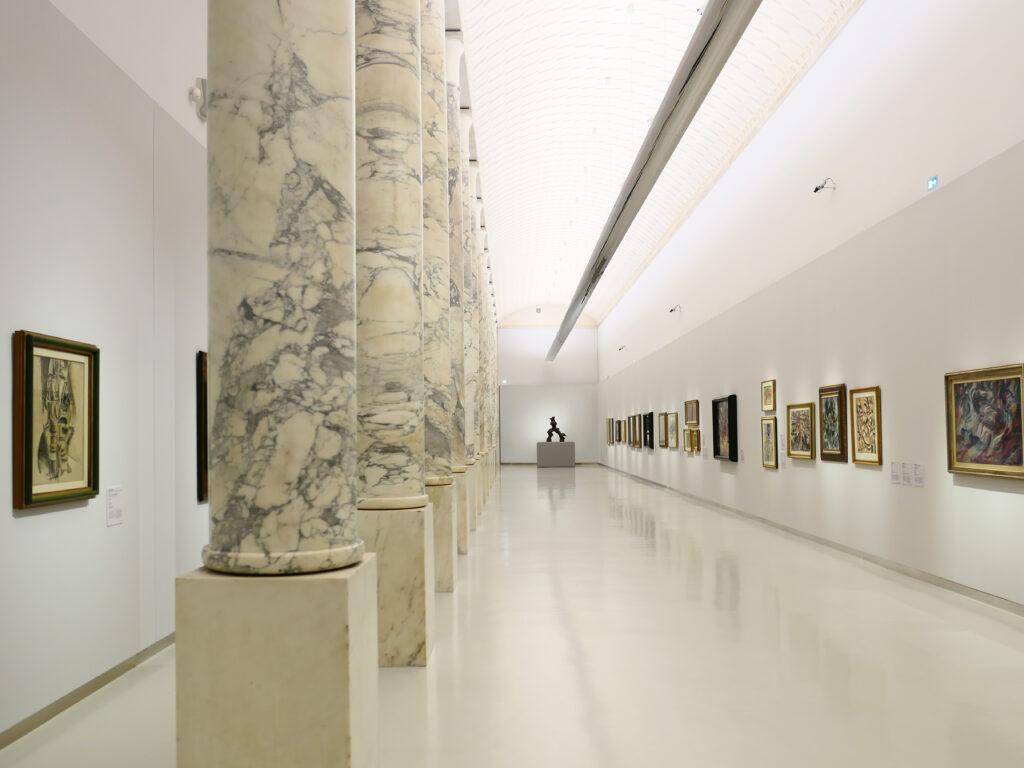
Compared to when you started your career, is product design different in 2023? To what extent have new technologies and manufacturing processes affected the way you approach product design?
«Over a decade ago, when LED sources became popular, new rules and requirements were immediately introduced in project management. We were coming from unchanging patterns and established light sources, so after an initial frenzy of “integration,” only time and research allowed us to fully understand the new freedom and opportunities that the new Led technology offered to design. Today, speed is the element that affects and dictates many principles in design. System and process-wise, a new interaction between designer and manufacturer is needed. It takes a vision that embraces new and different aspects of designing and making, and joint approaches between company, designer and distribution. The market moves at a fast pace, and if you get it wrong, you risk wasting energy and effort. To be successful one must have a very clear idea of the strategic factors. We must claim to be sustainable and environmentally friendly; however, the key is in how we imagine the concept of sustainability of a company, product or process. Imagine making a product that has the potential to last or adapt to changing needs. An object designed in such a way that it can be renewed technically and functionally and even be handed down and perhaps someday will end its life in a museum or collection, becoming the epitome of sustainability. This is an environmentally friendly mindset and not just a clichè».
In addition to being an architect and designer you are also a collector of items of design. In 2006, the Milan Triennale featured your extensive collection in an exhibition entitled “Looking For…” What do those objects from the past mean to you and, observing their details, how much do they influence your way of being a designer today?
«I have always believed that in order to design you must be able to observe and think first. It is not enough to look at pictures of objects, products and materials. Today, increasingly, the focus of an idea stems from a huge supply of shapes, stories, techniques, real relationships with the tools of our profession, products and people. I can’t stand lack of knowledge or ignorance; if I have to design a lamp I must know not 10 and not even 100, but all the lamps in history.
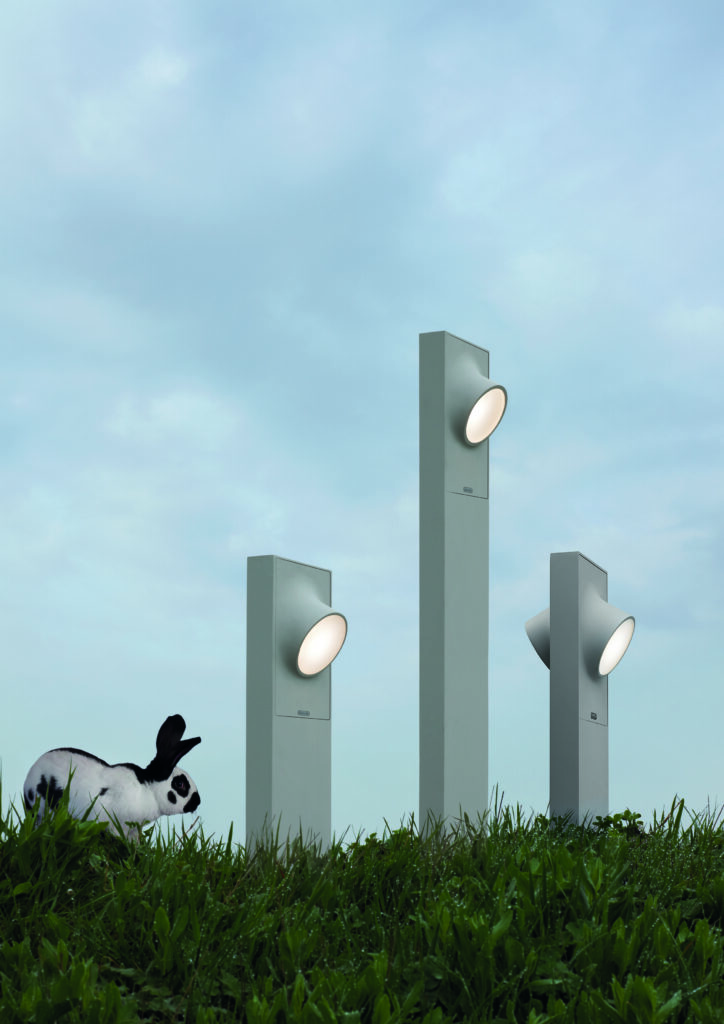
To have an insight, my mental encyclopedia must also delve into the depths of types, archetypes and evolutionary connections, relationships, materials and solutions. You sort of have to be an archaeologist and (Darwinian) scientist of design to understand evolutionary processes that can’t be studied on books or browsed on an iPad, that is how you get the tools and traces to foresee what tomorrow’s design will be, be it a lamp, a seat or a laptop».
Bruno Munari in his book Da cosa nasce cosa explained the importance of having a good design method, a logical sequence of operations dictated by experience, and claimed that «there are people who, when faced with having to observe rules to undertake a project, feel constrained in their creativity». From your point of view, to what extent is creativity improvisation and in what amount is method?
«It takes vision and visionary thinking, following one’s own personal method and sensibility. There are rules made to be ignored, and such is the strength and success of Italian design: learning a lesson and then forgetting it and starting all over, taking one road and ending up somewhere else, thinking in terms of form and then turn to abstraction, having cross-references with the project we want to achieve, working without rules and making an ‘irregular’ product rather than being part of a 100% consolidated process. I’m thinking about Leonardo as a designer, probably the first designer ever, and his ability to find rules out of context, to affirm them or ignore them at the same time. He has allowed everyone, even today, to enjoy the benefits of his amazing insight».
